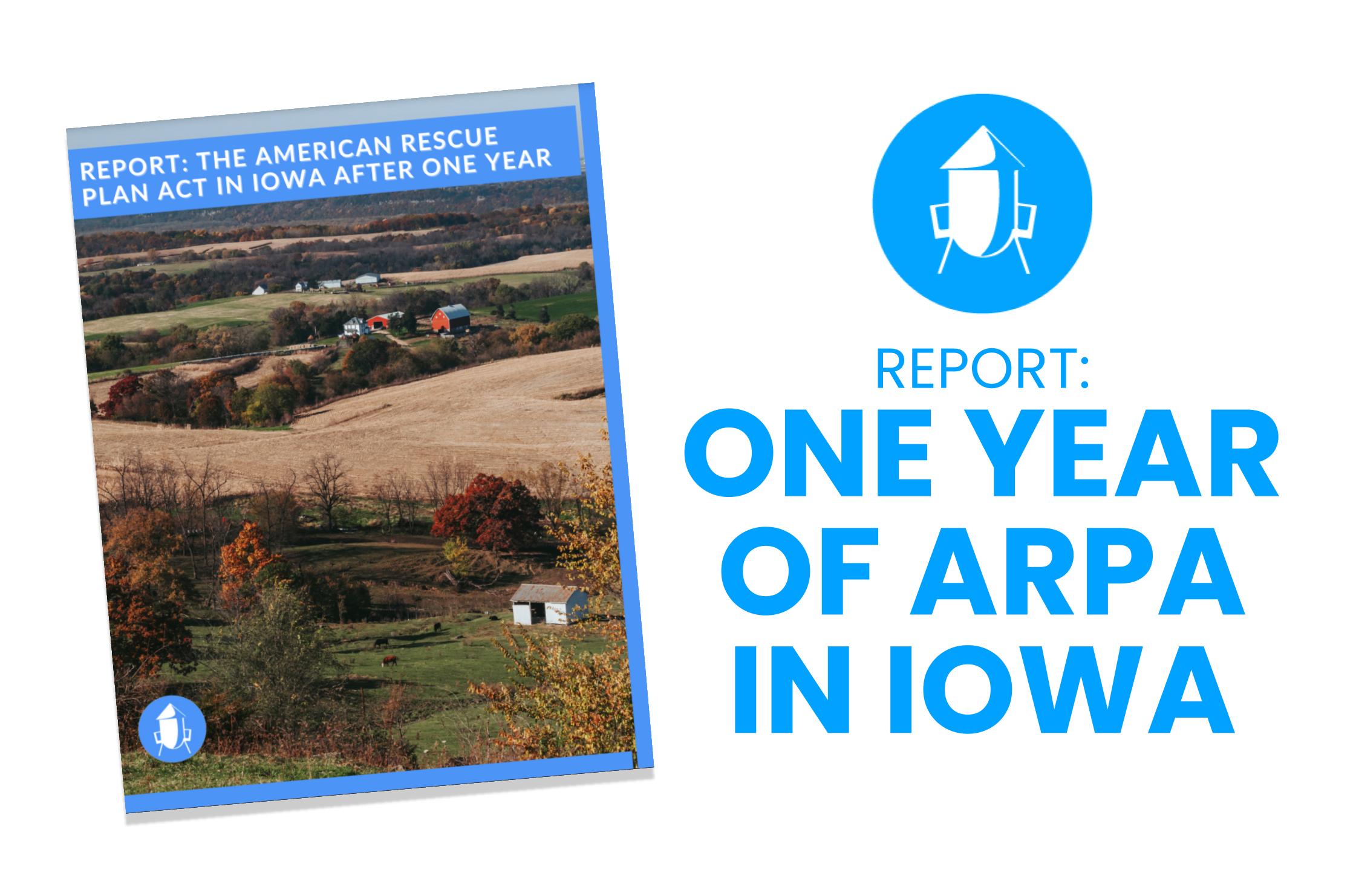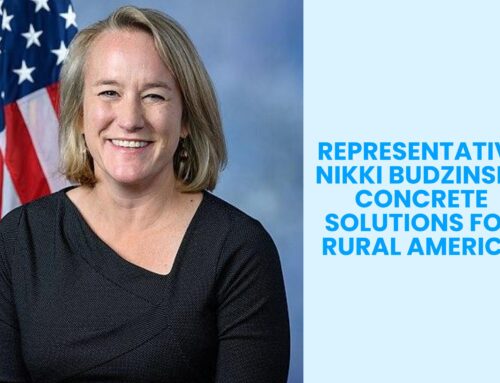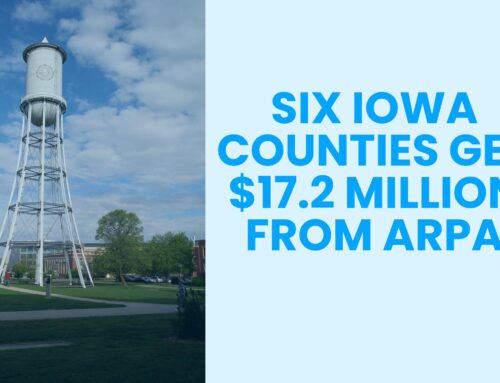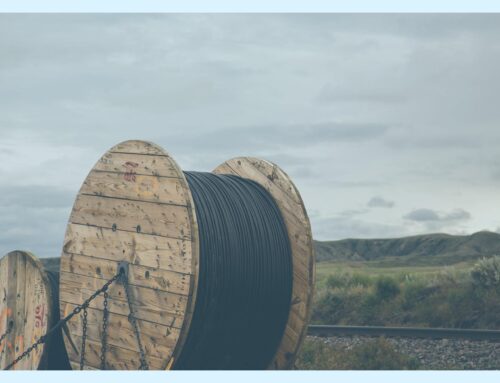On March 11, 2021, President Biden signed the American Rescue Plan Act (ARPA), one of the largest infusions of funding directly to small towns and counties in U.S. history. Over the last 12 months, this program has delivered over $1 billion of federal funds to Iowa’s small towns and rural communities.
Thanks to ARPA, all of Iowa’s 99 counties have access to millions of dollars not available prior to the pandemic that will be available for COVID recovery, public health, and community resilience programs through December 31, 2024. The funds assist Iowans who were dealing with the impact of the pandemic by, among other things, making sure workers were paid, continuing vital public services, helping schools respond to the pandemic, providing students with connectivity, and direct payments to Iowa families. These funds were a vital lifeline across the state and helped Iowa families, businesses, schools, and local governments.
Specifically, the Coronavirus State and Local Fiscal Recovery Funds (SLFRF) program, a part of the American Rescue Plan, delivers billions to state, local, and Tribal governments across Iowa to support their response to and recovery from the COVID-19 public health emergency.
In addition to the Federal funds allocated directly to cities, townships, and counties through the SLFRF program, ARPA programs allocated to the state of Iowa have become the backbone of Governor Kim Reynolds COVID response. During her Condition of the State speech in January, the governor provided specific examples of how federal ARPA funds were being leveraged by the State, despite having previously referred to ARPA as a “Blue State Bailout.”
While the American Rescue Plan has already provided enormous benefit to Iowans, to ensure successful implementation of these vital programs, additional coordination, cooperation, and transparency across the local, state, and federal governments are needed.




